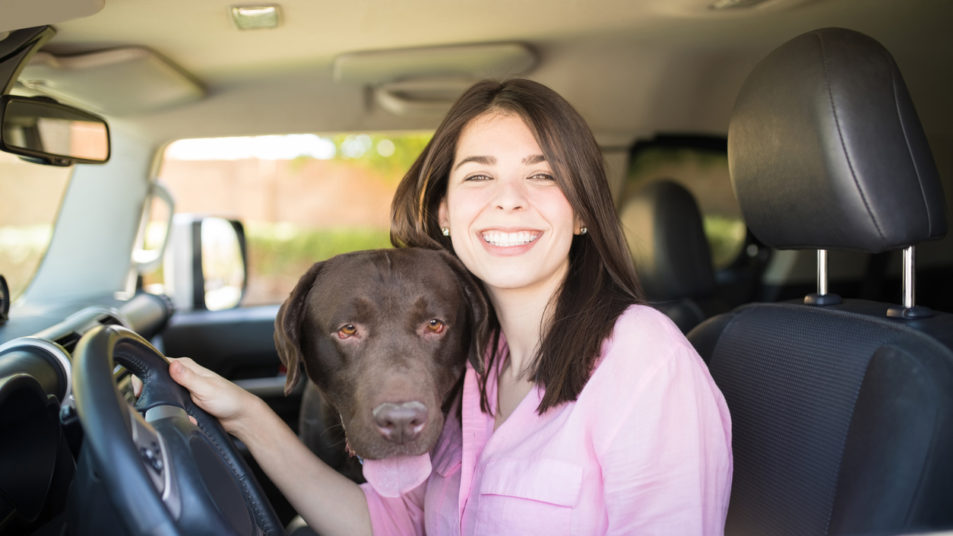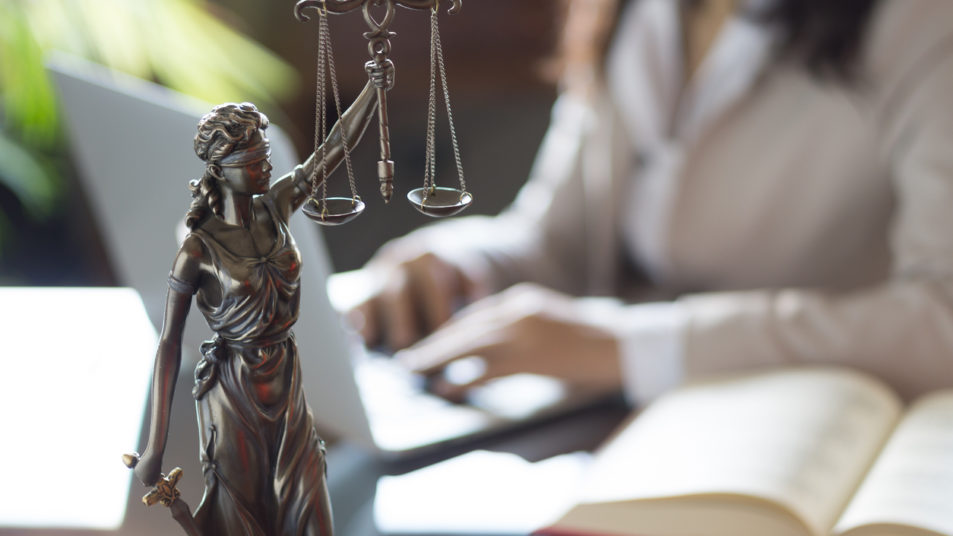Is It Legal To Drive With A Pet In Your Lap In California?
We see it all the time. A cute little dog riding on an owner’s lap, its head out the window, while the owner is driving. We may think it is cute, but it can be dangerous as well. California has no specific law prohibiting the practice. However, having a dog on your lap while driving can cause conditions that may make it dangerous or illegal to drive.
What California Law Says About Pets Traveling in Cars
California law states that a pet may be unrestrained within an enclosed vehicle. That means it does not need to be crated or restrained with a pet seat belt inside a car. Beyond this basic law, however, a driver should make sure that their pet is safe within the vehicle and must make sure that it is safe to drive with the pet in the vehicle.
Note that a pet must be restrained when riding in an unenclosed space such as a flat-bed truck. This makes sense and is safer for the pet involved. This means that a pet must be crated, and the crate secured when the pet is riding in the back of a pickup.
Distracted Driving
Distracted driving is prohibited in California. Distracted driving in California is more than just texting or using a cell phone while driving. Any activity which distracts the driver from paying attention to the road and which may cause the driver to either lose control of the vehicle or cause an accident is considered to be “distracted driving” in California.
California is cracking down on distracted driving. The California High Patrol is giving out more citations for distracted driving practices including eating, applying makeup, and the like. A pet in the lap of a driver could well earn the driver a citation for distracted driving.
A pet can be a distraction in a car. This is especially true when the pet rides on the driver’s lap while driving. The owner may pet the dog and may look down at the pet instead of keeping their eyes on the road. If the pet barks suddenly near the driver’s ear, the driver could be startled and lose control of the car.
In California, if an accident occurs because of distracted driving, the driver can also be cited for reckless driving or driving too fast for the conditions. This increases the fines involved. A distracted driving ticket for a first offense can run upwards of $100 for a first offense once fees and surcharges are added.
A new law, AB 47 goes into effect in July 2021. The new law will increase penalties for distracted driving. More importantly, the bill will enable a point to be added to a driving record with each infraction. With enough points, a person may lose their driving privilege in California.
Reckless driving is a misdemeanor in California. It is punishable by up to 90 days in jail and up to $1000 in fines.
Distracted Driving and Negligence
Distracted driving is at the bottom of many California car accidents. In 2018 alone, 2481 people in the U.S. died in car accidents due to distracted driving. Driving with a pet on the driver’s lap opens a driver to a lawsuit for negligence if an accident results. We all owe a duty of reasonable care to pedestrians and other drivers when we are driving. This duty of reasonable care is arguably breached when a driver is distracted and gets into an accident.
Pet Injuries
Another possible consequence of driving with a pet on a driver’s lap concerns injuries to the pet if an accident takes place. When a collision occurs, the weight and force of movement of the driver’s torso against the interior of the vehicle is tremendous. It can result in injuries or death to an animal located on the driver’s lap.
Likewise, airbags can cause severe injuries or death for an animal in the front seat. This is why most pet harnessing systems are designed for use in the rear seat of a vehicle. Driving with a pet in your lap is not only dangerous for you, but also for your pet.
Animal Cruelty and Pets in Cars
Most animal cruelty charges brought with regard to pets in cars have to do with pets who are injured or die in hot cars. Charges may be brought against the owner for injuries or death to a pet that occurred because of an owner’s reckless behavior. Fines are substantial if convicted and an owner may lose their ability to own another pet.
Make Smart Choices When Driving With Pets in the Car
Sometimes, what seems like benign behavior can open doors to unintended consequences. Always take care to ensure your pet’s safety in your car. By doing so, you can ensure not only your own safety but the safety of others on the road. If you have questions regarding distracted driving or the culpability in a vehicular accident, make sure to consult with an experienced personal injury attorney in your area.


